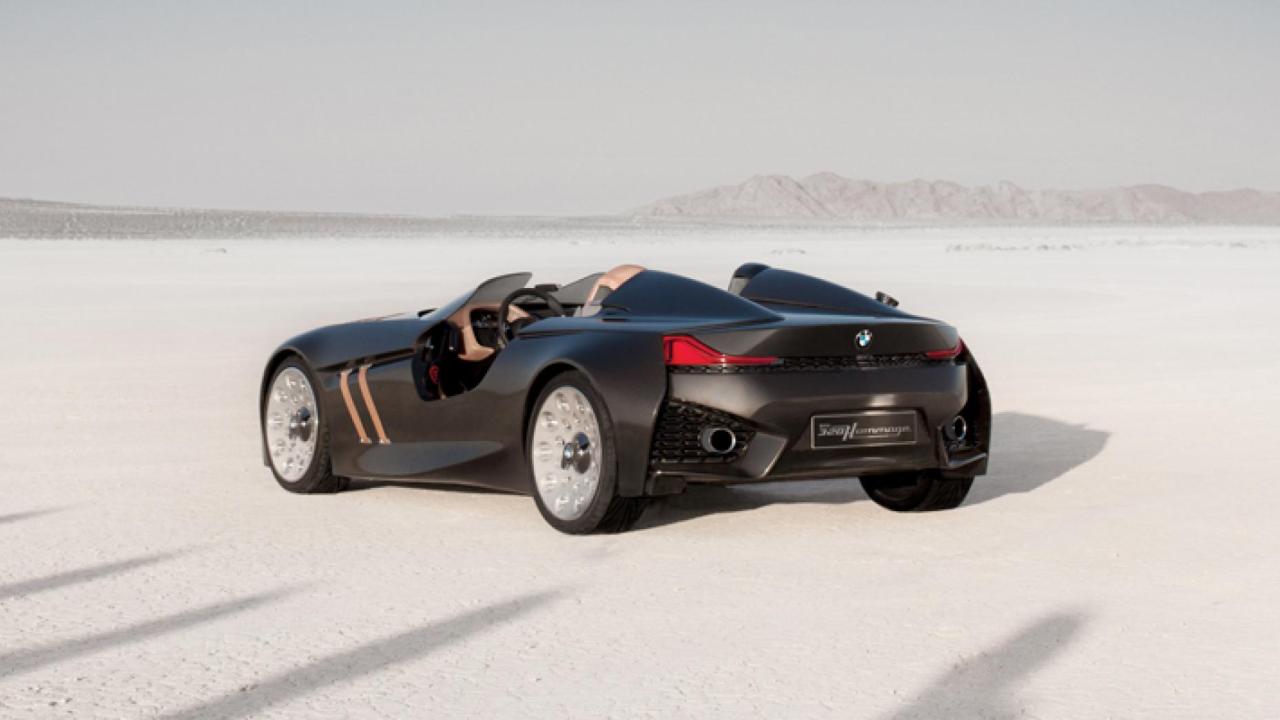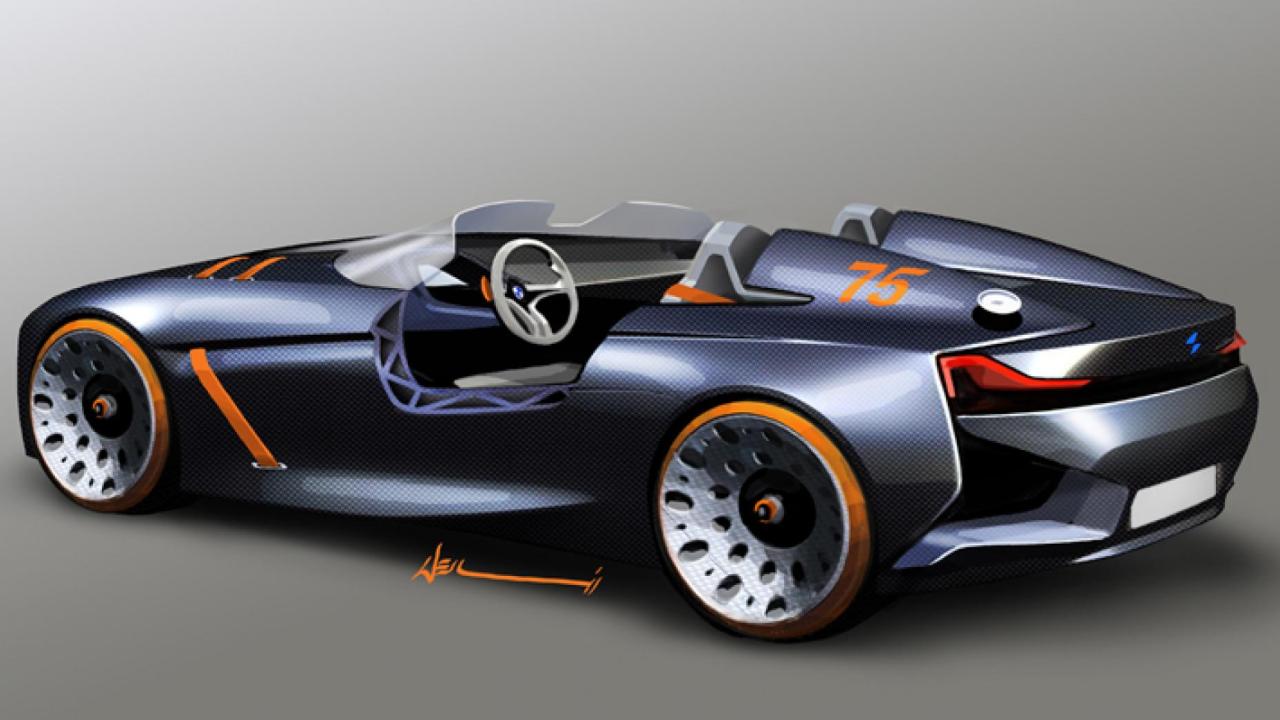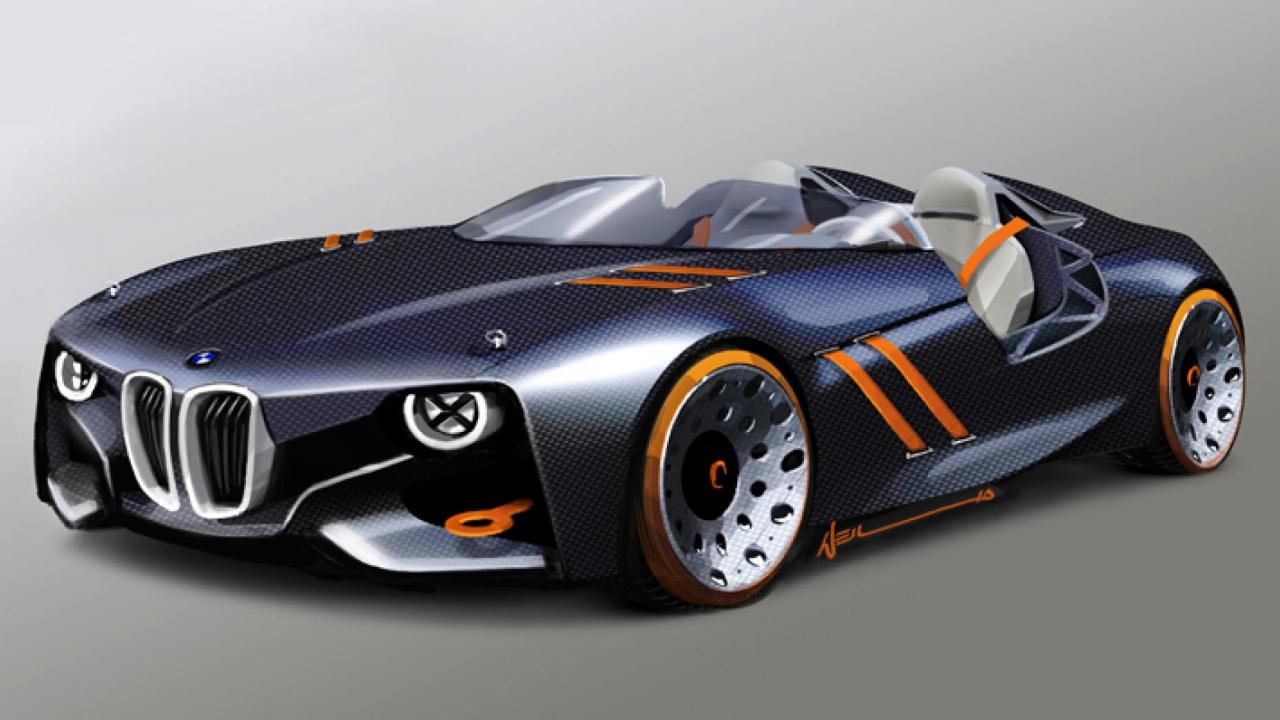BMW 328 Hommage
/Unveiled at Villa d’Este, the 328 Hommage is constructed using carbon-fibre reinforced plastic (CFRP) as used in the M3 and M6, which is lighter than aluminium but stronger. The shape is all wedge-shaped Teutonicness housing a 3.0-litre straight-six of unspecified vintage. BMW makes this in a variety of flavours, so we’d like to assume it’s the 340bhp turbo’d sixer from the 1M coupe…
Elsewhere there is leather, aluminium and even a couple of iPhones which double up as additional displays for driver and co-driver.
It was at the Concorso d’Eleganza Villa d’Este in Italy three years ago that BMW unveiled the striking M1 Hommage Concept, and at the same event in 2011 the German automaker is paying tribute to another of its past greats, the legendary 328 sports car of the 1930s.
The concept is described as a modern interpretation of the 1930s-era 328, something–according to BMW, at least–that the designers of the original 328, Fritz Fiedler and Rudolf Schleicher, might have built in the present day using current technology.
Like the original, the design of the 328 Hommage pays special attention to lightweight construction and as such major parts of the concept are made of carbon fiber reinforced plastic (CFRP). Total curb weight is said to be just 1,720 pounds.
No powertrain details were revealed apart from there being a “powerful” 3.0-liter six-cylinder engine under the hood. We can imagine, however, that with the lightweight carbon fiber body and the same 335 horsepower and 332 pound-feet of torque twin-turbocharged mill from the 2011 BMW 1-Series M Coupe, this thing could be a rocket.
Inside, fine leather, matte and high-gloss black polished aluminum and even more carbon fiber delight the visual senses. A sparse instrument panel is dominated by the only round instrument–the prominently designed rev counter. Other useful info displayed are oil temperature, oil pressure and water temperature.
One nifty feature is the so-called tripmaster. The instrument panel of the 328 Hommage is a fitted with two Apple iPhones located in special holders and which assume additional display functions for the driver and co-driver. Firstly, the iPhones function as stopwatches for measuring lap times and secondly as GPS roadbooks. Using two iPhones the driver and front-seat passenger/co-driver respectively can use both functions at the same time. After a journey, the iPhones can also be taken away in their holders.














